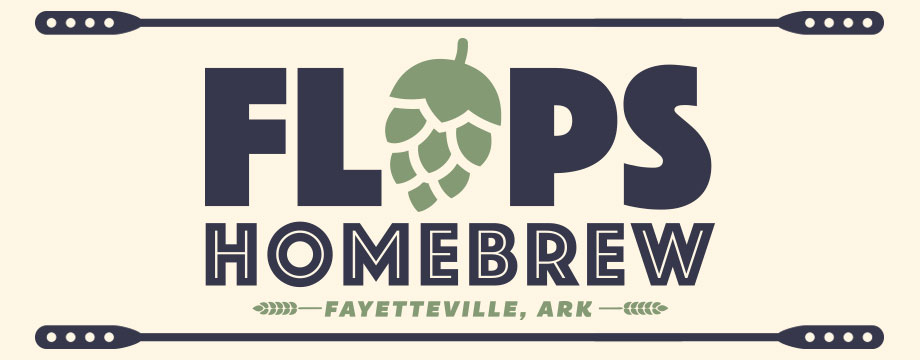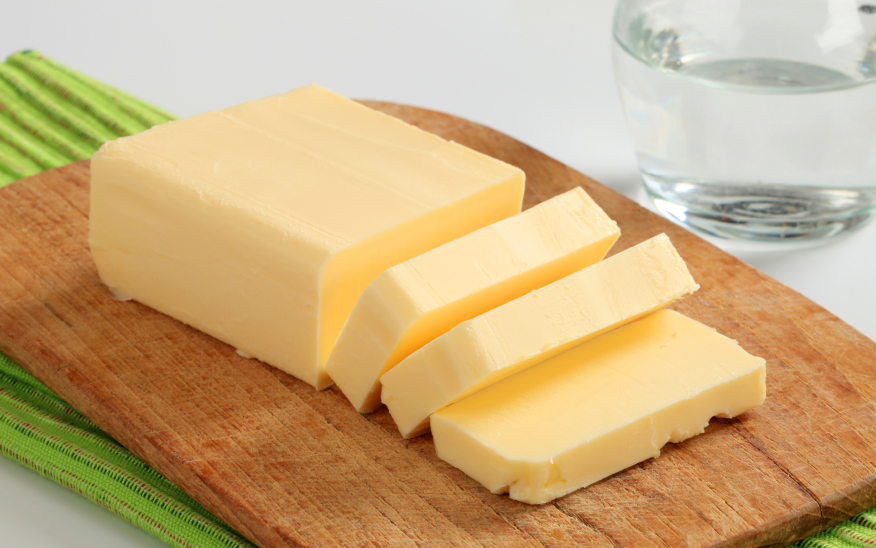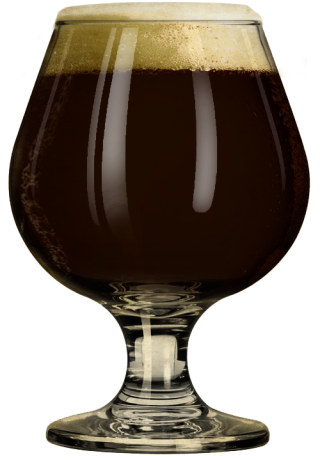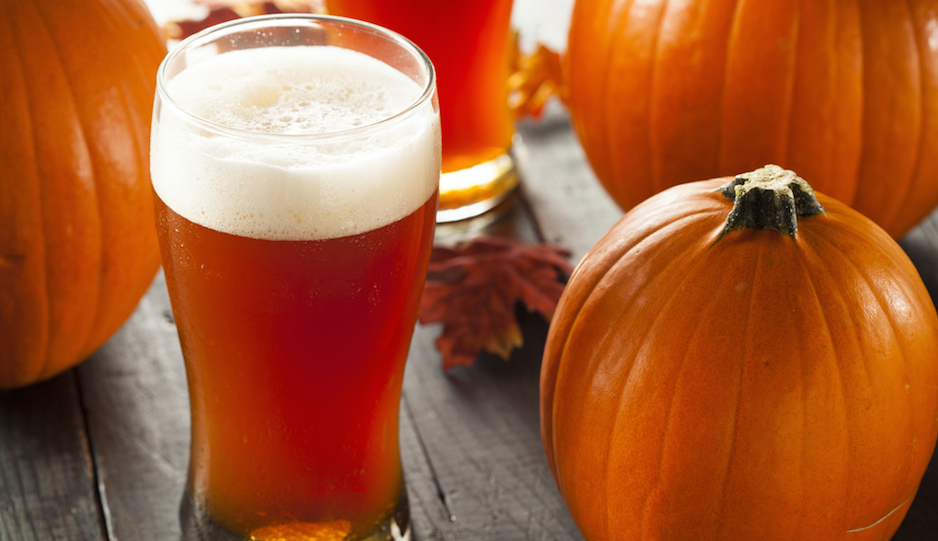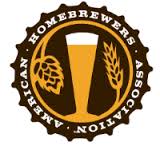Off Flavors in Beer Series- Diacetyl
Overview
Two common pronunciations are die-ASS-a-teel and DIE-a-see-till.
Responsible for buttery or butterscotch flavors. Also described as adding a slick mouthfeel.
The flavor threshold is quite low at 0.10 mg/L. In today’s commercial beers the average is near 0.05 mg/L . However, Some stouts can have levels as high as 0.60 mg/L, and a few British pale ales have diacetyl levels near 0.30 mg/L. It is estimated that 20% of beer drinkers do not detect the presence of diacetyl even at rather high concentrations.
It is easy for the novice beer evaluator to confuse the buttery flavor of diacetyl with the caramel flavor of certain malts (especially in young beers) and the toffee-like character of beers that have gone stale. Given time it is easy to distinguish the two; diacetyl tends to be unstable in most beers and can take on raunchy notes. The flavoring imparted by caramel malts, on the other hand, tends to be stable.
Diacetyl Formation
Several pathways lead to the creation of diacetyl. The first is through normal yeast metabolism. Brewer’s yeast forms a precursor called alpha acetolactate (AAL), which is tasteless. This compound is converted to diacetyl as the beer ages. The reaction that changes AAL to diacetyl is accelerated by high temperature. At cool temperatures it will still occur, but more slowly.
Brewer’s yeast contains enzymes for both producing and reducing diacetyl. Modern brewing practice dictates that beer be aged on live yeast until the vast majority of AAL is converted into diacetyl. Brewer’s yeast, while unable to metabolize AAL, will readily absorb and break down diacetyl into relatively flavorless compounds. By giving the beer enough contact time with the active yeast, the brewer can eliminate the diacetyl. It generally takes only about two weeks of aging an ale to assure that it will have no buttery flavors.
Lager beers can take a bit longer to “diacetyl proof,” because they are usually fermented and matured at lower temperatures than ales. The cool environment slows the conversion of AAL to diacetyl. Some brewers will warm their lagers to 55-60 °F to help speed the oxidation of AAL to diacetyl and its subsequent metabolism by the yeast. Still, it can take a minimum of four weeks to produce a stable lager.
Highly flocculent yeast can leave perceptible levels of diacetyl in beer, which is one reason why most commercial yeast strains are powdery and fully flocculate only after chilling. Yeast behavior for a given strain can also vary with reuse.
Diacetyl is also formed by mutant yeast. Brewer’s yeast that has lost its ability to properly utilize oxygen are called respiratory mutants, or petite mutants (because they form abnormally small colonies on laboratory plates). These yeast are also unable to properly metabolize diacetyl, thus leaving it in the beer. Increases in the diacetyl formed with re-pitching parallel increases in the level of respiratory-deficient mutants in the pitching yeast.
A bacteria called pediococcus can also form high levels of diacetyl in beer. While this bug cannot hurt humans, it can make beer sour as well as buttery. Tartness is desirable in Lambic beers, but it is most unwelcome in most other beer styles. The vast majority of brewers do their best to avoid pediococcus!
A widely observed but little discussed phenomenon occurs when diacetyl appears spontaneously in a beer that seemed to have normal flavors. Strong evidence indicates that this can occur when marginally dysfunctional yeast have been used in the main fermentation — they tend not to metabolize all the acetolactic acid in the wort. The acetolactic acid spills over into the finished beer and later is oxidized to diacetyl.
Diacetyl Test
How do you know if your beer contains an excessive amount of alpha acetolactate (AAL), thus necessitating a diacetyl rest to yield shelf-stable beer? The test is not only easy and accurate, but it requires only some glassware, hot water, and the very sophisticated aroma analyzer found in the middle of your face!
This test is based on the fact that heat will rapidly oxidize the relatively flavorless AAL into butter-like diacetyl. You will need two glasses with covers; aluminum foil works well in this role. You will also need a hot water bath big enough to hold one of the glasses. The water should be heated to 140-160 °F.
Place a sample of your young beer in each glass. Cover and put one in the hot water bath while keeping the other at room temperature. Keep the beer in the water bath for 10-20 minutes.
Cool the hot beer to about the same temperature as the cool sample; a cold water bath can be used to good effect for this. Remove the covers and smell each sample. One of the following conditions will exist:
- Neither beer smells buttery. This is good! It means that all of the AAL has already been converted to diacetyl and your beer is ready for packaging.
- The heated sample smells buttery, but the cold one does not. This means that there is excessive AAL still floating around your beer, and you should age it at 60 °F or so for a few days to allow diacetyl to form and then be metabolized by the yeast. Repeat the test to determine the proper time for packaging.
- Both samples smell like butter. This can be a bad thing. It can be indicative of a pediococcus infection, in which case you should dump the batch and start over, or it can mean that your yeast is incapable of metabolizing diacetyl (see respiratory mutants, above).
It could also mean that your beer is still kind of young and you should try the test again after a few more days of warm aging. Hopefully the diacetyl will fade. Kräusening with fresh yeast may also help, unless the problem is bacterial.
Diacetyl Prevention
Start Strong
A brew that experiences a long lag time due to weak yeast or insufficient aeration will produce a lot of diacetyl before the main fermentation begins. In this case there is often more diacetyl than the yeast can consume at the end of fermentation and it can dominate the flavor of the beer.
Diacetyl rest
Diacetyl production and reduction are strongly influenced by temperature, and the rates for both increase as temperature increases. Thus, an ale fermented at 20 degrees C (68 degrees F) typically has a higher diacetyl peak than, say, a lager fermented at 10 degrees C (50 degrees F). The rate of diacetyl reduction, however, is much higher in the ale than in the lager, which is why most lager brewers prefer to get diacetyl levels below 0.10-0.15 mg/L at the end of the main fermentation. Some additional reduction occurs in cold storage, but at a very slow rate. For this reason, some brewers raise the temperature of a cold-fermented beer to 20 degrees C (68 degrees F) for a brief period following the end of the main fermentation, a practice that is usually called diacetyl rest.
Narziss fermentation.
In this procedure the first two-thirds of the fermentation is done at 8-10 degrees C (46-50 degrees F). During the final third of fermentation, the temperature is allowed to increase to 20 degrees C (68 degrees F), after which the beer is transferred to cold storage.
Kraeusening
Another alternative is to add freshly fermenting wort (kraeusen) to diacetyl-laden beer in cold storage.
Sanitization
It is unnecessary for fully developed pitching yeast to be sterile. As long as bacteria relevant to beer are kept below the level of 1-10 cells per 10 million yeast cells, the finished beer will remain unaffected. The situation is dramatically different in the initial stages of yeast propagation. Here, sterile conditions are needed, as is pure culture yeast. This is particularly true when propagating yeast from slants, but it also applies to starting up semidormant liquid yeast.
Sources:
http://morebeer.com/brewingtechniques/library/backissues/issue1.2/fix.html
http://www.professorbeer.com/articles/diacetyl.html
Additional resources:

